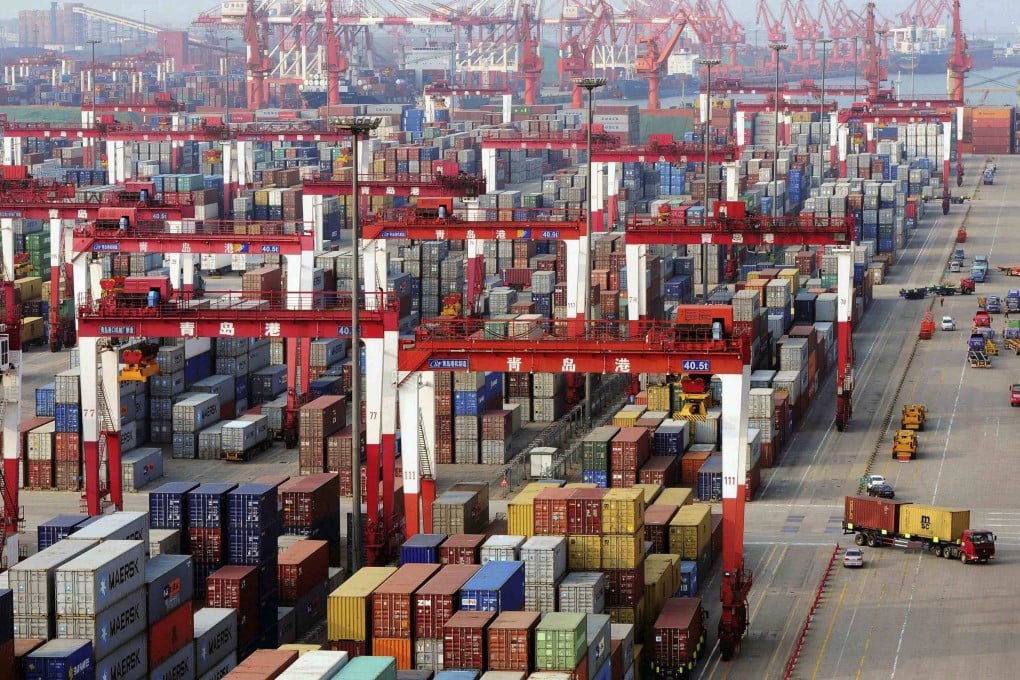Numbers aside, China is not yet a trading powerhouse
Zhang Monan says Beijing should step up its investments in research and development and not believe its own hype

Last year, China ostensibly reached another milestone in its meteoric rise, surpassing the United States to become the world's largest trading country, with its total trade turnover valued at 25.83 trillion yuan (HK$32.5 trillion). But this achievement is largely illusory - and should not be allowed to obscure China's need to transform its trading model.
Since the 1990s, China has been building up its "processing trade" - whereby it imports intermediate inputs from other countries, processes or assembles them, then exports them - causing the ratio of intermediate-product trade to overall external trade to grow rapidly. Given that traditional trade accounting is based on country of origin, the resulting global segmentation of value added and the multilayered international division of labour can distort trade figures.
For example, China's trade model - whereby it imports significant quantities of intermediate inputs from East Asian countries like Japan and South Korea, then exports the assembled products to the US - allows for substantial redundancy in trade records. In 2010, more than one-quarter of the world's US$19 trillion in exports was counted more than once.
China's dependence on low-value-added activities like processing and assembly is rooted in its historical lack of capacity to invest in research and development. For a long time, the country was able to overcome this deficiency by capitalising on its abundant labour force to become a global leader in low-cost, labour-intensive manufacturing.
But China's low-cost advantage in manufacturing is diminishing rapidly, owing to rising wages and a declining demographic dividend. And its low position in global value chains means that its actual profits on exports remain far lower than those of advanced countries like the US, which specialises in high-technology, high-value-added production.
This combination of rising labour costs and low value added is clearly unsustainable. If China is to transform itself from a large trading country into a powerful one, it must raise its productivity, with the manufacturing sector, adding more value to exports.
To be sure, China's enduring comparative advantage in processing and assembling industrial products has enabled it to retain its status as the world's largest exporter. As massive quantities of labour-intensive processing and assembly work have been transferred to China from Japan, South Korea, Singapore, Taiwan and Hong Kong, so have these economies' trade surpluses. Moreover, this has contributed to large - and widely criticised - trade imbalances with the US and the European Union.